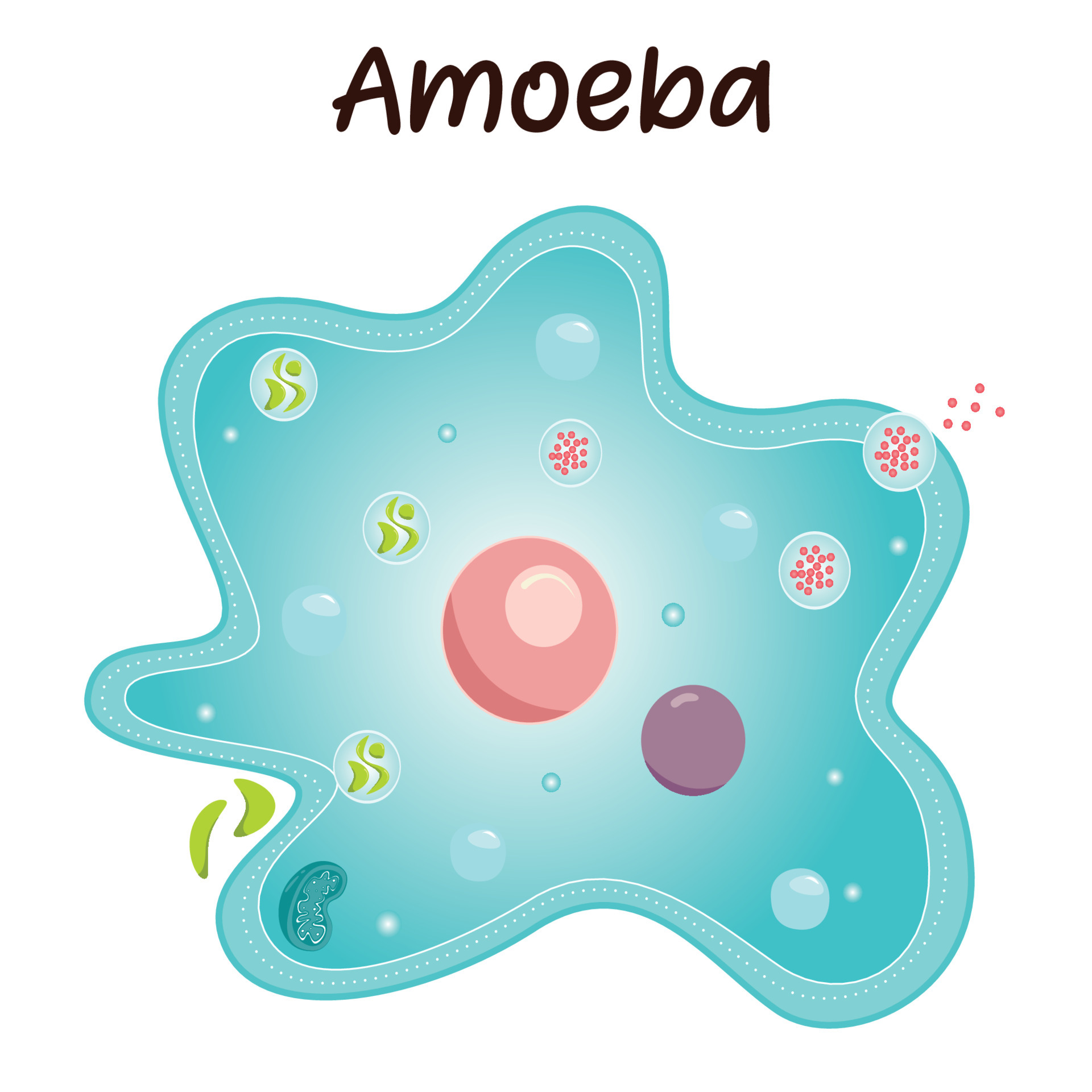OK, so if I understand this correctly, they don’t train the immune system to target these sugars, since they’re used by human cells. Instead, they remove them during the vaccine administration so the immune system can train on the bare spike protein. Cool. Now how would this help when new virus copies come in with sugar-coated proteins, some time after the sugar stripping agent is gone from the system?
What they’ve found, from the article, and abstract (alas I didn’t see any links to full text paper, which may come available after the ACS Spring 2025 meeting), is that they indeed do get an effective broad based immune response against coronaviruses. The ‘sugar stripping agent’ process is used in the production of the immunogen (basically a glycan stripped version of the more highly conserved spike protein that occurs in all/ many/ a lot of coronaviruses, i.e. which cause common cold, MERS, and COVID19), such that a broad based immune response is evoked when applying it, some time after the sugars (glycans) have already been stripped. Remember the spike is the consistent (conserved) part, and the glycans are the camouflage bits. Researchers have been trying to come up with something based on the spike protein for some time, and this is the sort of breakthrough that they’ve been working towards. Doubtless more info will be available after the research has been officially presented, March 23-27. (https://www.acs.org/meetings/acs-meetings/spring.html) So it’s literally happening now. And may show up on Chi-Huey Wong’s google scholar page (https://scholar.google.com/citations?user=GQLirSoAAAAJ) or at Scripps/Sinica (https://www.genomics.sinica.edu.tw/chihueywong/)
This didn’t answer the question for me.
I get the 1st part: They’ve unhidden a stable spike protein hidden by sugars and used it to create an immune response.
The long-term effectiveness is where I’m getting lost. How will the immune system know when to use these particular anti-bodies in the future? If, say, 5 years after being vaccinated I’m infected, surely the relevant spike proteins are hidden by sugars. So how can my body recognise them as the same protein and make more of the correct anti-bodies?
As I understand it, “hidden” is a relative thing. Before exposure one’s immune system doesn’t know what to look for, after exposure, and immune response, one’s T and B cells have a much better chance. That’s why denovo immune response to an epitope may not be sufficient, but once the immune system has been ‘exposed’ or ‘educated’ the response is much more specific. There are two parts to the immune system, innate, basically structural, and adaptive (T’s and B’s) that can be primed with certain factors to create a very precise response. The long term nature of immune response is dependent on those cells, which come in number of different ‘flavors’. Tissue Resident Macrophages hang out in the area of initial infection, waiting for “that guy” to show up again. They can sit relatively dormant for years. I don’t want to mislead, our understanding of the long term memory function of the immune system isn’t completely understood. And so we don’t know how long a given immune response will last, at least not yet. Does that help? I’m not an immunology prof, or researcher, so I may not have been clear.
Tissue Resident Macrophages hang out in the area of initial infection, waiting for “that guy” to show up again.
This is specifically the bit I’m struggling with. How will they know it’s “that guy”?
It’s a bit like saying “We know this criminal uses disguises. We’ve given everyone copies of his mugshot, which they’ve used for target practice. Now if he wanders in wearing a disguise, people will recognise him.”
As I understand it, “hidden” is a relative thing.
I guess this is the answer?
Going back to my analogy, you’re saying his disguises are pretty simple. So he might wear glasses or a fake beard, but he isn’t likely to turn up in a full clown outfit, with multi-coloured hair, make up, and a big red nose.


